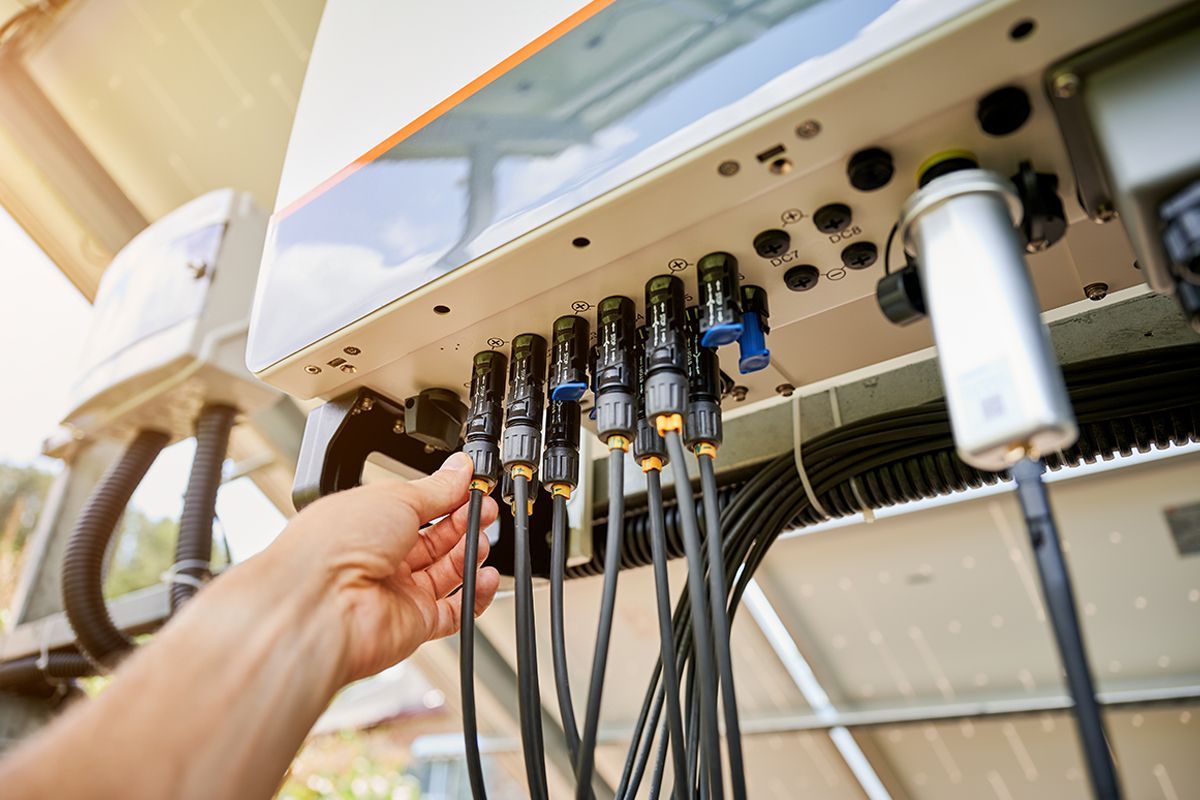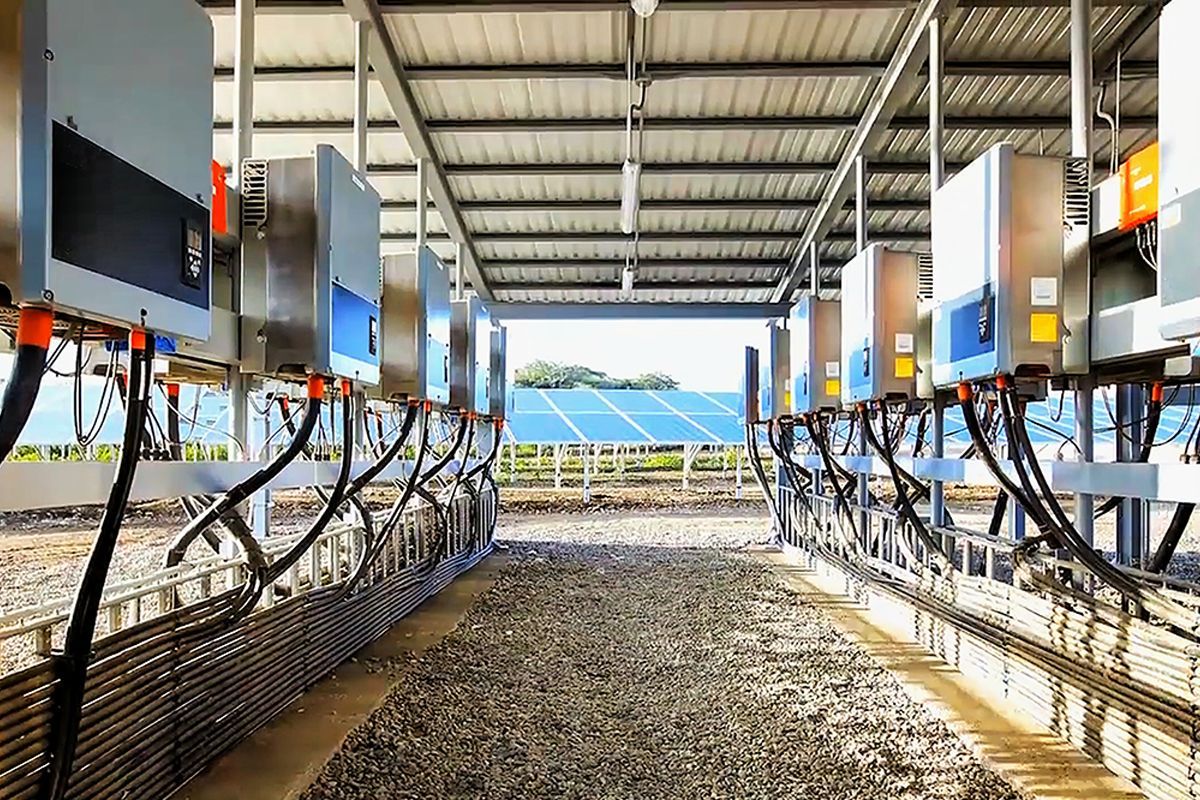Calculating the Benefits of Residential Solar Batteries in Australia
In recent years, the adoption of solar power systems in residential properties across Australia has seen a steady rise. Homeowners are increasingly realising the benefits of harnessing the sun's energy to reduce electricity bills and contribute to a greener future.
While solar panels alone offer significant savings, the addition of residential solar batteries can further enhance the efficiency and cost-effectiveness of the system. In this article, we will explore the advantages of residential solar batteries, how they work, and how to calculate the potential savings they can provide.
Understanding Residential Solar Batteries
How Residential Solar Batteries Work
Residential solar batteries are rechargeable energy storage systems that allow homeowners to store excess electricity generated by their solar panels. These batteries store the energy during the day and release it when needed, such as during the evenings or periods of high energy demand. By utilising stored energy instead of relying solely on the grid, homeowners can reduce their dependence on traditional electricity sources and further maximise their solar power system's efficiency.
Calculating the Benefits
Calculating the potential benefits of residential solar batteries involves considering various factors specific to each homeowner's situation. Let's explore some key elements to consider when estimating the potential savings and return on investment.
Solar System Size and Energy Generation
The size of your solar power system, measured in kilowatts (kW), directly influences the amount of energy it can generate. A larger system will generate more electricity, providing greater potential for savings. The solar system size is determined by the number of solar panels installed and their capacity. It's essential to consult with a reputable solar installer to determine the optimal system size based on your energy needs and available roof space.
Energy Consumption Patterns
Understanding your household's energy consumption patterns is crucial for accurately estimating the benefits of residential solar batteries. Consider the times of day when your energy usage is highest and when your solar panels generate the most electricity. By aligning your energy usage with solar generation, you can maximise self-consumption and minimise reliance on the grid.
Feed-in Tariffs and Electricity Rates
Feed-in tariffs (FIT) are the rates at which homeowners are compensated for excess electricity exported back to the grid. The FIT can vary depending on your location and electricity retailer. It's important to consider the current FIT rate and any potential changes in the future when calculating the potential savings from residential solar batteries. Additionally, the cost of electricity from the grid should be factored into the calculations to determine the overall cost savings.
Battery Capacity and Efficiency
The capacity of the residential solar battery, measured in kilowatt-hours (kWh), determines how much energy it can store. A larger capacity battery can provide more backup power and allow for greater self-consumption. However, it's crucial to consider the cost of the battery in relation to the potential savings it can provide. High-quality batteries with longer lifespans may have a higher upfront cost but can offer better long-term value.
Battery Cycling and Depth of Discharge
Battery cycling refers to the number of times a battery can be charged and discharged. It's important to consider the expected lifespan of the battery and its cycling capabilities when calculating the potential savings. The depth of discharge (DoD) is another critical factor to consider. Deeper discharges can reduce a battery's overall lifespan, so finding the right balance between maximising self-consumption and preserving battery health is essential.
Installation and Maintenance Costs
When estimating the return on investment for residential solar batteries, it's important to consider the installation and maintenance costs. These costs can vary depending on factors such as the complexity of the installation, the type of battery chosen, and any additional equipment required. It's recommended to obtain quotes from reputable solar installers to get an accurate assessment of the installation and maintenance costs.
Calculating the Return on Investment (ROI)
To calculate the return on investment for residential solar batteries, follow these steps:
- Gather Information: Collect data on your current electricity bills, solar system size, energy consumption patterns, feed-in tariffs, and potential battery options.
- Estimate Savings: Use online solar calculators or consult with solar professionals to estimate the potential savings from solar panels alone. Consider factors such as self-consumption, reduced grid reliance, and potential feed-in tariff earnings.
- Add Battery Savings: Evaluate how a residential solar battery can further enhance your savings. Consider factors such as increased self-consumption, reduced peak demand charges, and backup power during outages.
- Calculate Costs: Determine the upfront costs of installing a residential solar battery, including the battery itself, installation, and any necessary equipment or modifications.
- Assess Lifespan and Warranty: Consider the expected lifespan of the battery and any associated warranties. Longer-lasting batteries may offer better long-term savings.
- Compare ROI: Compare the estimated savings from solar panels alone with the potential additional savings from a residential solar battery. Calculate the payback period and overall return on investment.
- Consider Maintenance and Replacement: Account for ongoing maintenance costs and potential battery replacement expenses over the system's lifespan.
By carefully considering these factors and performing a thorough analysis, homeowners can make informed decisions about the financial viability and benefits of residential solar batteries.
Conclusion
Residential solar batteries offer numerous benefits, including increased self-consumption, energy independence, time-of-use optimization, and grid stability. When calculating the potential savings and return on investment, it's important to consider factors such as solar system size, energy consumption patterns, feed-in tariffs, battery capacity, installation and maintenance costs, and the overall lifespan of the battery. By estimating the potential savings and comparing them with the costs, homeowners can make informed decisions about integrating residential solar batteries into their energy systems. To get accurate calculations and personalised advice, it's recommended to consult with reputable solar installers like Solar Sumo, who specialise in residential solar batteries and can provide expert guidance tailored to your specific needsThe body content of your post goes here. To edit this text, click on it and delete this default text and start typing your own or paste your own from a different source.










